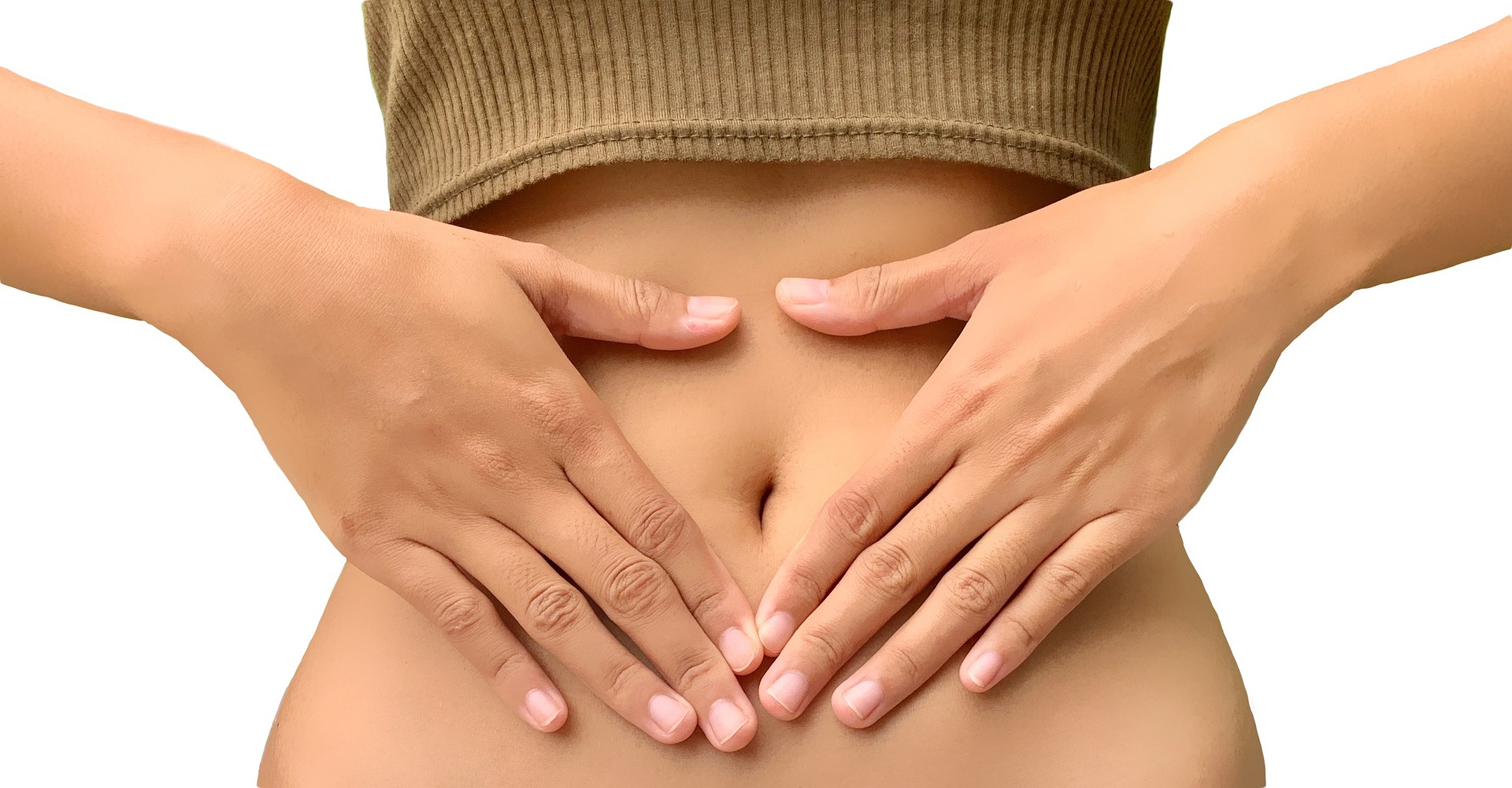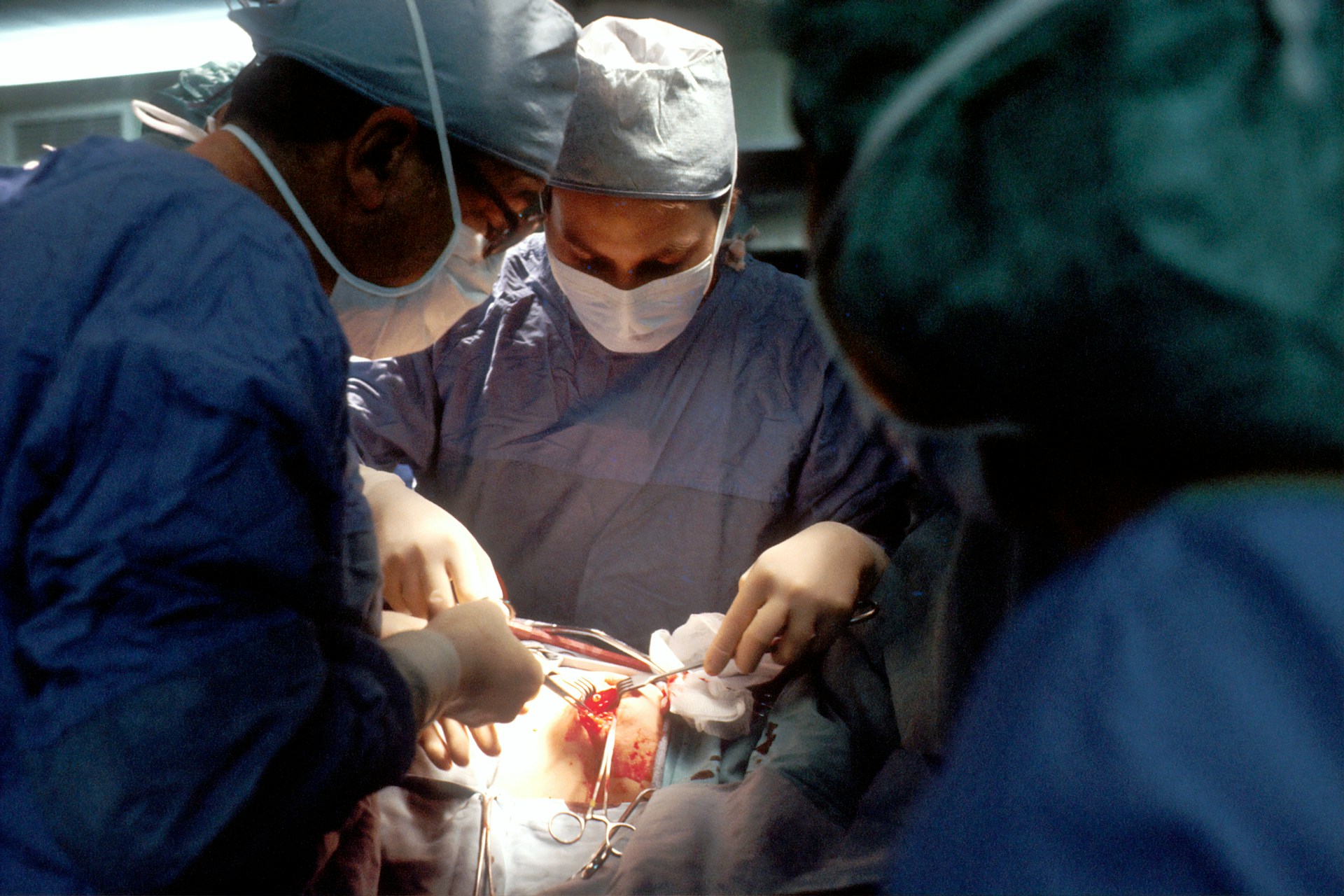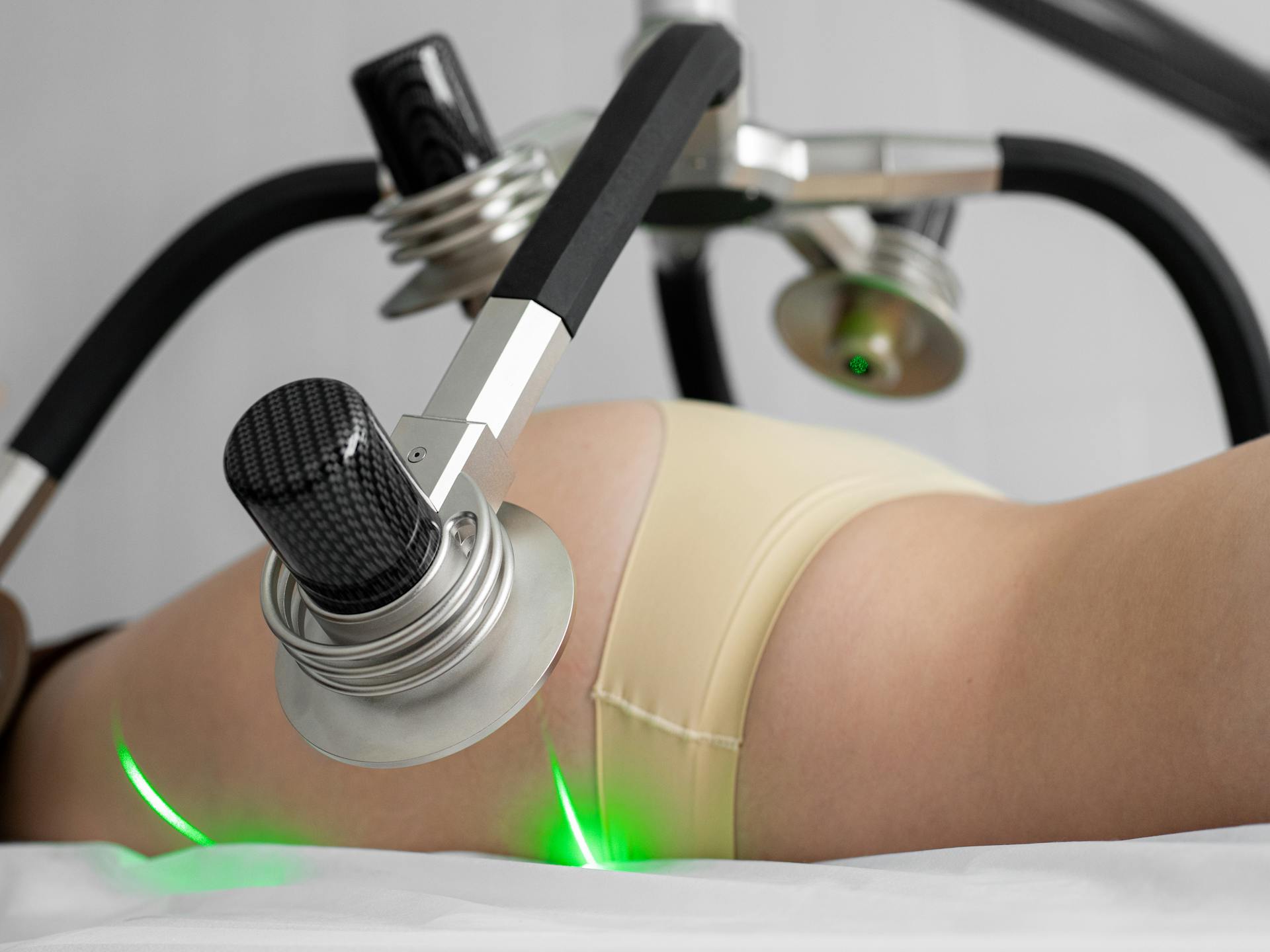Things To Know If You Are Considering Liposuction

Many cosmetic or plastic surgery treatments and procedures are available to help you achieve your goal of feeling better about yourself. Fat removal through liposuction is a popular procedure that is often performed for body contouring purposes. This article explores everything you need to know about liposuction, including what it is and why it’s done, as well as potential problems with the procedure.
What is liposuction?
Liposuction is a cosmetic surgery procedure in which fat is extracted from certain areas of the body. The goal is to reshape and define areas of the body that are not responding to diet and exercise. It is not considered bariatric surgery, although you may lose a few pounds. This procedure should be performed by a properly trained plastic surgeon. The most common areas for liposuction are the abdomen, head and thighs.
What liposuction cannot do
Liposuction cannot remove excess weight. Generally, the amount of fat removed during a liposuction procedure usually ranges from 1 to 10 pounds.
Liposuction will not reduce the appearance of cellulite.
Candidacy
Liposuction is especially beneficial for patients who are at or near their obesity level and those who are not overweight. They should have areas of fat that have not developed successfully despite weight loss efforts. It is recommended that you can weigh at least six months before the procedure.
The best people for liposuction are non-smokers who are in good health and have a positive attitude and positive expectations about the results of the procedure.
A successful candidate for liposuction will also have skin tightening and muscle tone. In fact, if the patient is already overweight and has a lot of bad, sagging skin, liposuction can make these problems worse.
Contraindications
Here is a list of conditions that may prevent someone from signing up for liposuction:
- Have an unhealthy weight
- Being a current smoker
- Being old
- Have medical conditions that make surgery dangerous
- Use of blood thinners that cannot be stopped
Although excess fat can be removed, extensive liposuction is associated with a greater risk of scarring, skin loss, and structural weakness.
Risks can occur in problems
As with any surgical procedure, there are risks and potential complications. For liposuction, these include:
- Severe bleeding or hematoma
- Necrosis (tissue death)
- Fat accumulation (when fat gets into the blood and gets stuck in the blood vessels)
- Risk of dehydration
- Swelling or persistent pain
- Asymmetry
- Changes in physical effects
- Deep vein thrombosis (DVT; when a clot forms in an artery)
- Cardiopulmonary (heart and lung) problems
- Damage to nerves, blood vessels, muscles and organs
- Unsightly scars, skin discoloration, structural abnormalities, skin fillers, or other negative cosmetic results.
- Need for more surgery
Call your surgeon right away if you have chest pain, shortness of breath, unusual heartbeats, or heavy bleeding after surgery.
Other procedures
Since many women look to liposuction as a way to correct their body size, it is often done with breast augmentation or breast lift.
In addition, for patients with abnormal skin in addition to excess fat in certain areas, a tummy tuck or body lift can be performed to improve the patient’s overall outcome. For some, breast reduction (through traditional methods or through liposuction) may be chosen.
Before your order
Your surgeon will examine you and order laboratory tests before surgery to confirm your health. This test will include a complete medical history and possibly a complete weight history.
Your surgeon may also ask you to change, stop, or start taking certain medications (avoiding aspirin, many anti-inflammatory drugs, and herbal supplements) for a week or two before surgery.
Recovery and downtime
Once the procedure is complete, you will be taken to the recovery area where you may be given a compression garment to wear to control swelling in the treatment area and help your skin adapt to the new body shape. you.
You will likely go home after a few hours, unless your surgeon decides that you must stay in the room. When you are ready to go home, have someone take you there and stay with you for at least 24 hours.
See your results
Post-operative swelling and bruising can be significant with liposuction, so the results cannot be determined until at least one to three months after surgery. Although many wounds will disappear within 24 weeks, a shocking swelling can take six months to solve a complete.
Liposuction shows a small, that makes the wrong time. The expected result of liposuction surgery is a more refined contour and a better fit.
Summary
Liposuction is a surgical procedure that removes fat from the body. This procedure is done when people have parts of their body that are not doing well with diet and exercise.
Although it is generally a safe system, problems can occur. After surgery, follow all instructions given by the surgeon for best results.
It may take up to three to six months after liposuction to see full results.

